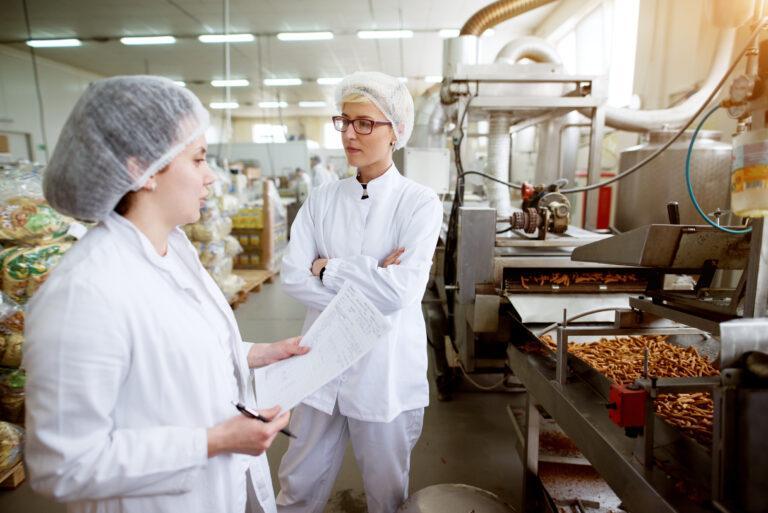Researchers at the Spanish research institute (CEBAS-CSIC), found that in all three facilities tested, non-contact surfaces such as drains, floors and ceilings had the highest concentrations of L. monocytogenes.
In the study, the research team divided the processing area into three zones based on the proximity of contact with the product: zone 1 is the surfaces in direct contact, zone 2 is the surfaces not in contact with the food but close to it, and zone 3 is the distant, non-contact surfaces. The study also showed that zone 3 had the highest levels of L. monocytogenes. Whole genome sequencing (WGS) showed that the identified L. monocytogenes serotypes were inherent and moved from Zone 3 to Zone 1, contradicting the researchers' original theory that the primary mode of pathogen transmission to facilities was through raw materials.
The researchers tested the efficacy of biocides against local isolates of L. monocytogenes and found that all isolates collected from the environment were sensitive to the biocides used. Despite this, cleanup tasks are often not performed properly, allowing bacteria to survive in the environment.
The study may help processors understand the primary contamination sites in zone 1 and how these relate to the L. monocytogenes sequence types in zones 2 and 3.

